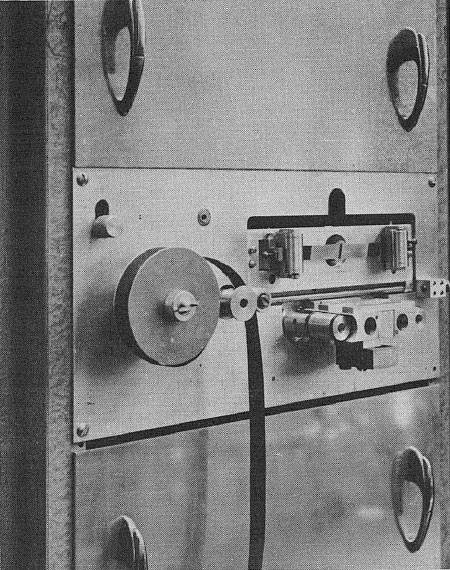Last week, I blogged about some technology news from in the 1950’s. That post was based on an article by Steve Taranovich that appeared on EDN a couple of weeks back, as the magazine celebrates its 60th anniversary. This week will be a second take on Steve’s article, this time taking a look at the “electronics developments and ideas from technical white papers from that era”. The papers cited, which include technical diagrams (mostly hand-drawn) that are worth looking at, were all published in 1956. The technologies covered in these papers include:
- A sideband-mixing superheterodyne receiver: While superheterodyne receivers had already been in a use for a couple of decades, by the 1950’s, “radio users wanted microwave receivers with bandwidths in the 100s of Megacycles (modern-day MegaHertz), which approached the sensitivities of the superheterodyne receiver.” The paper Steve looked at described a way to achieve this through a sideband mixing system that used “two local oscillators (LO), a microwave, and a VHF combination whose signals were injected on a crystal, producing the outcome of an infinite set of virtual LO signals These LO signals were centered around the microwave LO frequency and were separated from each other by the frequency of the VHF LO. The low-level received signal would mix with one of the virtual LOs producing the desired IF signal.” It worked, demonstrating that “this multiple mixing technique could be implemented when RF coverage needs to dictate receiver BWs far larger than the spectral width of the expected signals.”
- A new numerical indicator tube, Nixie: This one might have made the list based on the fun name alone, but, back in 1956, when Burroughs brought it to market, the Nixie tube was an important development. “The Nixie was a 10 digit gas indicator tube that gave a two-dimensional in-line readout that was readable from a wide viewing angle.” It was less expensive than the incandescent indicator and lasted better (and more predictably) than electroluminescent numbers. So the Nixie tube won out. Fast forward to today’s technology, and, while nixie tubes are still used (largely in the “maker” world), Nixie is more likely to evoke thoughts of the wearable, flyable camera – or will be once, that Nixie comes to market.
- The NY Empire State Building beacons: In 1956, the Empire State Building was already 25 years old, and it was still the world’s tallest building. To top it off, in 1956, they added new beacons “that generated a total of nearly two billion candlepower. At the time they were capable of providing the world’s brightest continuous source of man-made light.” Steve goes into a lot of detail on the Empire State Building beacons, including the fact that the short-arc lamps used in them could reach a surface temperature as high as 1,500 degrees Fahrenheit, and internal pressure that could get up to 300 pounds per square inch. The lamps operated by remote control, so they didn’t need a full-time human to operate them. I’m guessing that when most of us think of Empire State Building lighting, we think of the floodlights that are used to celebrate different holidays and commemorate events. Floodlights, which replaced
 those 1956 beacons, were first installed in 1964, and are today LED fixtures capable of displaying more than 16 million colors.
those 1956 beacons, were first installed in 1964, and are today LED fixtures capable of displaying more than 16 million colors.
The other technologies referenced in the papers cited in the article dealt with a power transistor switching circuit; a high-speed perforated tape reader; and a transistor video amplifier with 80V output. Although it was all before my time, reading about these foundational electronics technologies was certainly very interesting. By the way, here’s what that “high-speed” perforated tape reader looked like. Doesn’t look all that high-speed to me!
Happy Anniversary to EDN. They’ve sure seen a lot of changes during their 60 years!
